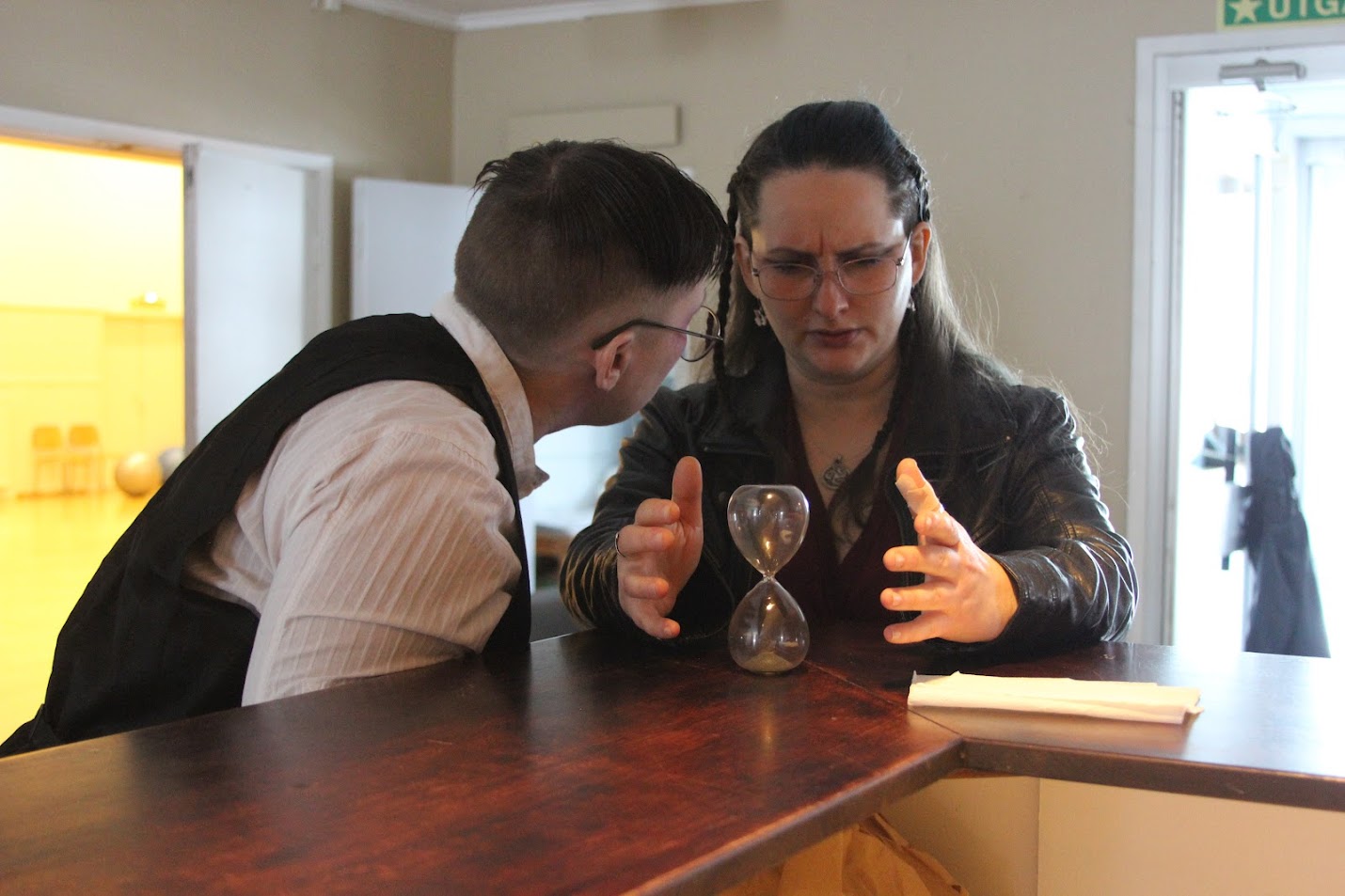Author: Elin Dalstål

-

Emotionally Pacing for Larps – How To Get the Best Rollercoaster Ride
“Pace yourself and pace your design. Intense emotional experiences become more available to you and more sustainable if you have variety to the intensity of your play, both as a designer and as an individual player.”
-

How to Do Night Scenes
in
There is so much potential in night-time scenes. Who wouldn’t love to be dragged from their bed by a monster, or woken by a ghost’s gentle touch? But, they tend to turn anticlimactic. Here’s a solution that can get these scenes to work for you.
-

Play Boldly – Let Yourself Be Vulnerable
in
Challenge yourself. Go beyond your comfort zone. Decide to do something you are not sure you can actually pull off. Try something new.
-

Heuristics for Larp
Heuristic techniques help us reduce the load of decision making. They’re especially useful when it’s not possible (or just not worth the time it would take) to find an optimal solution. They are mental shortcuts that are generally good enough.
-

Larping Lonely
These are my best tips on how to have a great time at a larp when you don’t know anyone.
-

Addressing Self Care
This article is about why self care should be your top priority as a player — and how to practise it. It will also address how your attitude to self care affects the community and how self care can enable you to be bold and go outside your comfort zone in a larp.